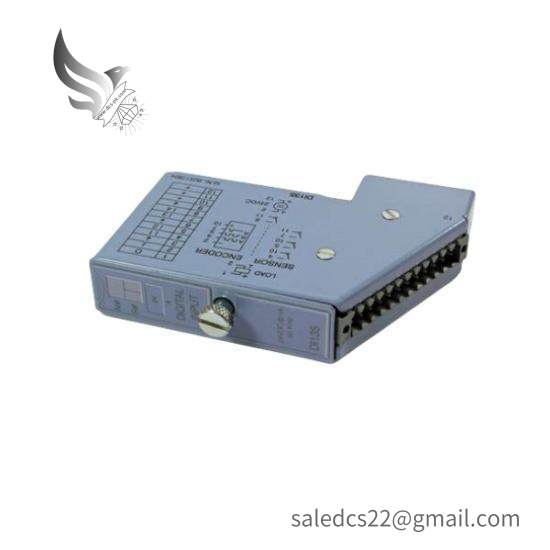Number of Inputs:16
Input Voltage Range:12 to 30V DC
Input Current:Max 20mA per channel
Operating Temperature Range:-40°C to +85°C
Power Consumption:Less than 2W
Connection Type:Terminal Block
Signal Acquisition Speed:1ms
Relay Outputs:No
Isolation:Electrical isolation
Communication Interface:Not applicable
Enclosure Type:IP65
Experience unparalleled reliability with the Bachmann DI135 Digital Input Module, specifically engineered for demanding industrial environments. This module boasts 16 high-speed digital input channels capable of processing signals from a wide range of industrial sensors and devices.
Featuring a 24 VDC input voltage range, the DI135 ensures compatibility with a broad spectrum of industry standards, making it a versatile choice for integration into various control systems. Its maximum current consumption of 20 mA per channel ensures efficient power usage without compromising performance.
Designed with precision and durability in mind, the DI135 operates within an extended temperature range of -30°C to +60°C, ensuring stable operation in even the most challenging conditions. The panel mounting type and terminal block connector facilitate easy installation and connection to existing circuits.
With its built-in filtering capability, the module offers 3ms filtering for accurate signal processing, minimizing noise interference. Additionally, the presence of two interrupt channels enhances system responsiveness and efficiency. The 50μs delay feature further optimizes system timing and accuracy.
For safety and isolation, the Bachmann DI135 employs electrical insulation, protecting against electrical shocks and ensuring that input signals are accurately captured without cross-talk. This module is designed with user convenience in mind, featuring compact dimensions of 145mm x 90mm x 35mm and a lightweight construction of 250g, making it easy to integrate into existing control systems.
Backed by Bachmann’s commitment to quality and reliability, the DI135 Digital Input Module is an ideal choice for enhancing the functionality and performance of industrial control systems.
















There are no reviews yet.